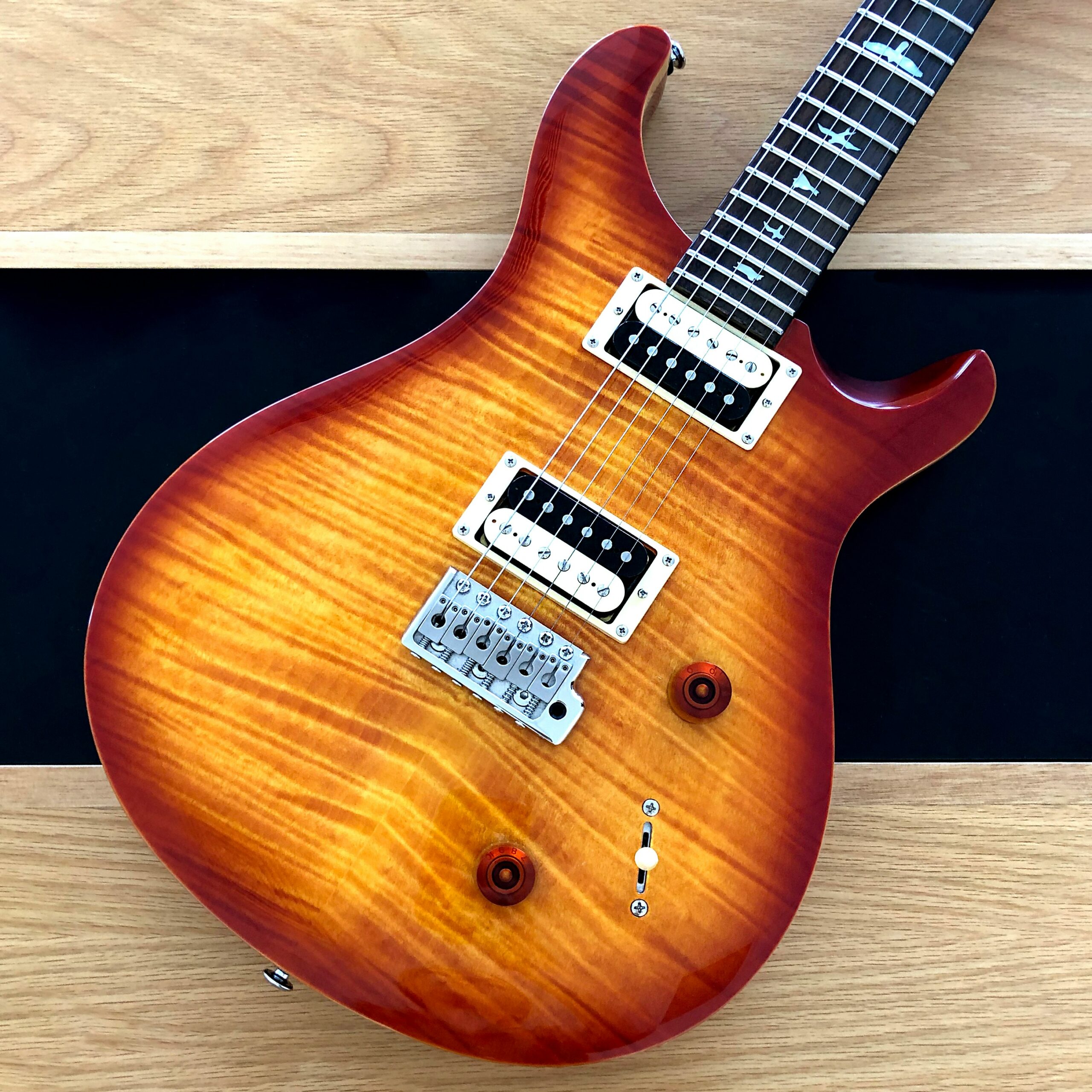I have a confession to make: I love the birds.
This can be a bit of a polarizing statement, I realize. Some people absolutely love the birds, while others hate them. But I think I’m in good company. John Mayer seems to be in the former camp, as does Mark Tremonti. Even Carlos Santana has jumped on the “birds” bandwagon.
But whoever designed my “unicorn” guitar, the Vela, seems to prefer dots.
I’m talking, of course, about the now-famous birds on PRS guitars — specifically, the bird inlays that are found on many of the guitars they sell.
A brief recap of fretboard inlays
I’ve written about guitar inlays before, but the gist of it is these are the markers on the guitar’s neck that help orient the player to where he or she is on the fretboard. To put it simply, inlay markers tell you what note you’re playing.
Historically, while there have been ornate fretboard inlays for decoration purposes for centuries, functional markers have almost always been simple dots, rectangles, or trapezoids, with very few exceptions.
But then a guitar maker named Paul Reed Smith came along and shook things up.
Paul Reed Smith, luthier and…bird watcher?
Paul Reed Smith was much more successful at 20 years old than I was. (For that matter, he was more successful at 20 than I am now.) The young luthier had built a number of guitars but now, in 1976, he had just managed to secure one of his first major contracts: building a guitar for Peter Frampton.
“When it came time to put inlays on the fretboard,” Paul said, “I didn’t even have to think about it, I just went down to the store, bought a bird guide, and started designing inlays.”

If you’ve ever seen an interview of Paul, you know that he’s a bit of a weird guy. (I’m not saying that’s a bad thing, by the way.) He can be very picky and esoteric about the methods, designs, and materials he uses for his guitars, having amassed a vast amount of knowledge and experience after decades in the business.
But why were birds an obvious choice for Paul for inlay markers, right from the start?
The answer is that Paul’s mom was an avid bird watcher. In fact, she would often take young Paul and his siblings out with her to bird watch. Being somewhat close to Washington, D.C., she would even take the family to the Smithsonian from time to time to view bird exhibits.
Birds and bird watching were a regular part of Paul’s family’s life, so when it came time to design inlays for his guitars, using an avian theme was a natural choice. And he worked with a small team to come up with a bird theme that really worked well artistically on the fretboard.

Paul continued to utilize his bird inlays after Frampton’s guitar but assumed they would not be a popular feature. He expected about 25 percent of his customers to prefer the birds, but that isn’t what ended up happening. Instead, the bird inlays became an iconic part of PRS’s look and have been featured on a majority of the models over the years.
What kind of birds are they, anyway?
And by the way, in case you were wondering, the inlays on PRS guitars are illustrations of actual birds. Starting from the top of the neck, they are (with fret number in parentheses):
- A Peregrin Falcon (3)
- A Marsh Hawk (5)
- A Ruby-Throated Hummingbird (7)
- A Common Tern (9)
- A Cooper’s Hawk (12)
- A Kite (15)
- A Sparrow (17)
- A Storm Petrel (19)
- A Hawk (21)
- A Screech Owl sitting on a branch (24)
Love them or hate them, it’s hard to imagine PRS guitars without thinking about birds. I’m a big fan, as I think they add class and grace, making the brand’s guitars look even better.
You can learn more about the backstory of the bird inlay on PRS’s website.




